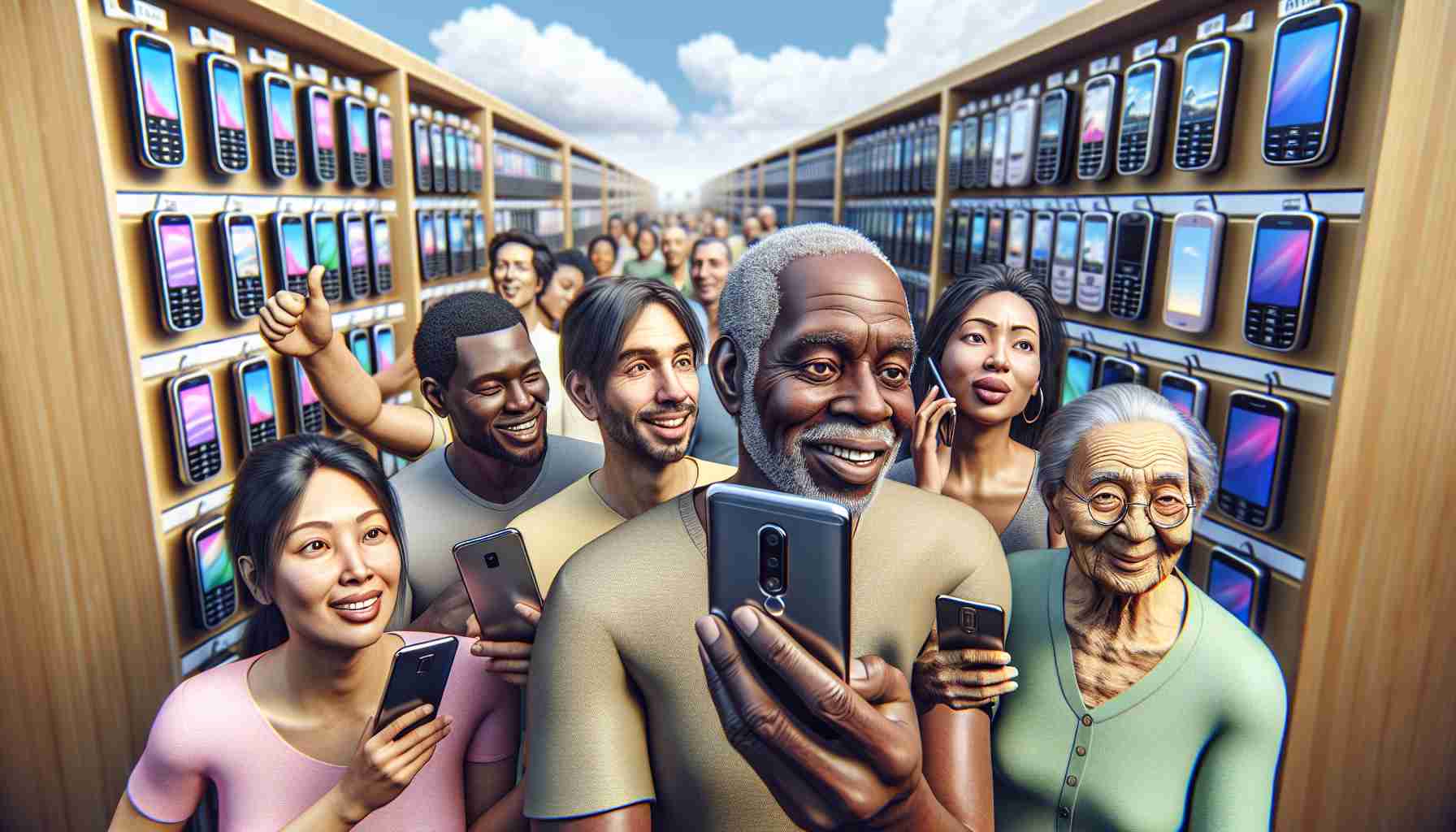A New Wave Embraces Basic Phones
As the 17th anniversary of the iPhone moves into focus, reflecting on the profound changes smartphones have brought to society is unavoidable. Today, there is a growing segment of consumers, self-dubbed “neo-Luddites,” seeking refuge from constant connectivity and opting for phones with just the basics: calls, texts, and simple notifications.
These “dumbphones,” as they’ve been affectionately termed, range from nostalgic ’90s flip phone lookalikes to high-end devices that pair down smartphone features for a tidy sum. Market experts have identified a shaky yet present demand for such low-tech options, despite the tech industry’s primary drive towards sophisticated, do-it-all smartphones.
For some, the shift back to more basic technology is a path to greater focus, improved sleep, and relief from mental health concerns associated with overuse of high-tech devices. While digital well-being tools like screen-time limiting apps offer partial solutions, an expanding group opts to disconnect more radically.
Concerned parents seeking less distracting options for their children, individuals in demanding industries requiring robust handsets, older adults wanting simplicity, and budget-conscious consumers unable to afford today’s smartphone prices are fueling this niche market. Despite the demand, the low profit margins make it a less appealing venture for phone manufacturers, indicating the rarity of new releases of simpler phones.
Societal shifts and the nostalgia for a less connected life have even led to a youth trend where teenagers, eager to escape the clutches of social media, adopt these simpler devices. However, tech giants anchor their profitability in advanced smartphones, leaving them little incentive to cater to the minority interested in dumbphones.
Nonetheless, it’s not the end of the road for these stripped-back devices. Some companies might hit a sweet spot by crafting a premium brand strategy aimed at specific market segments, sustaining their presence in a smartphone-dominated world. Entrepreneurs now eye this market, seeking financial success by tapping into the modern minimalist perspective.
Important Questions and Answers:
1. What is driving the increased demand for simple phones?
The demand is driven by various factors including a desire for greater focus, the need to alleviate mental health concerns related to overuse of smartphones, parents wanting less distracting phones for their children, certain professionals requiring more basic and durable devices, older adults preferring usability over complexity, and economic considerations from those unable to afford high-end smartphones.
2. What challenges do manufacturers face with the simple phone market?
Manufacturers face low profit margins with simple phones, which makes them less appealing to produce compared to high-end smartphones. There is also the challenge of appealing to a market that is currently small in comparison to the smartphone user base.
3. Are there any controversies associated with the topic?
There is an ongoing debate about whether the tech industry should be more responsible in addressing tech-weariness by producing more user-friendly, less addictive devices. There’s also discussion about whether the focus on advanced technology marginalizes users who either cannot afford or choose not to adopt high-tech smartphones.
Advantages of Simple Phones:
– Reduced distractions leading to increased productivity and focus.
– May contribute to better sleep quality by minimizing exposure to blue light.
– Potentially less anxiety and improved mental health by avoiding constant connectivity.
– Simplicity and ease of use for certain demographics, such as older adults.
– Longer battery life due to reduced functionalities.
– Generally more affordable and durable than smartphones.
Disadvantages of Simple Phones:
– Limited functionality; cannot access many apps, services, and features of smartphones.
– Less attractive to consumers who require or prefer access to the internet, social media, and other digital services.
– May not be compatible with modern connectivity standards like 4G and 5G.
– Can contribute to a digital divide where users of simple phones have less access to information and services.
In the context of technological shifts towards minimalism and tech-weariness, various resources might explore respective aspects of this trend:
– Minimalism and technology: theminimalists.com
– Mental health and digital well-being: mind.org.uk
– Trends in consumer electronics: cnet.com
– Analyses on the digital economy and market trends: forbes.com
